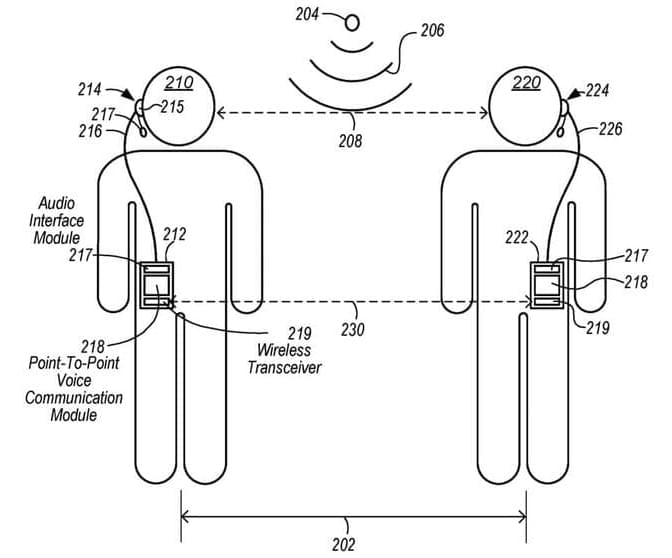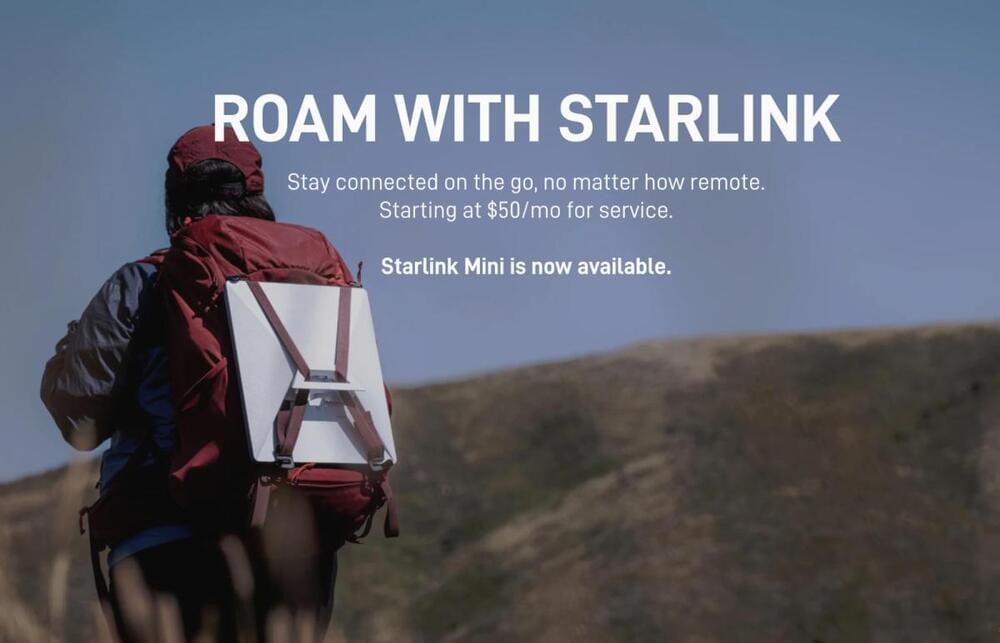Jul 19, 2024
Australia’s Slow Internet Lags Behind The USA in Speed and Affordability
Posted by Saúl Morales Rodriguéz in categories: government, internet
15 july 2024.
According to the Speedtest Global Index, Australia ranks 64th in the world for fixed broadband speeds making it the slowest internet connected developed country with an average download speed of 46.24 Mbps. New Zealand ranks slightly higher at 50th, with an average download speed of 73.87 Mbps.
Australia’s Internet Infrastructure Falls ShortOceania – Internet SpeedsInternet Usage in Oceania Surges Over The Past DecadeFactors Affecting Internet Speed In AustraliaAustralia’s High-Cost Low Speed Internet.Australia’s Explanation For Slow Internet Speeds Australia Median Country Speeds July 2023Government Policies11 Years Past When The Australian Government Admits It Was Wrong About Broadband$3.5 Billion Investment A Waste Of MoneyUSA’s Lightning-Fast 10Gbps Internet Speed Plans at Just $49 a Month Leaves Australia In The Slow LaneList Of Countries With The Best Internet SpeedThe Digital Gulf Widens
The Akamai State of the Internet Report says Australia’s internet connection speeds are now slower than 50 other nations, including Thailand, Estonia, Bulgaria and Kenya.


















